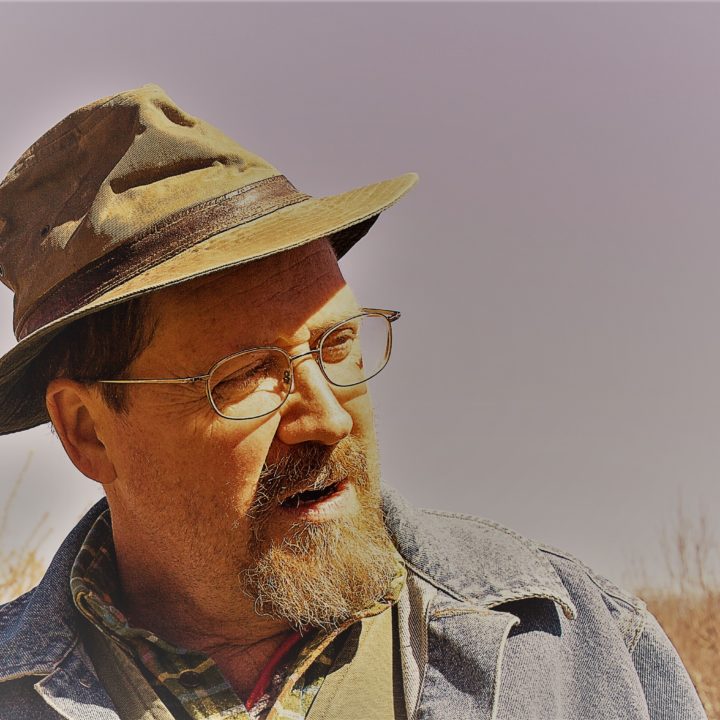
When death arrives in the country, the signs go up at the roadside — “Slow: Death in Family” on the front, funeral home name on the back, in case passersby want to send flowers or attend the funeral, or have an ailing relative who might soon need services of his own.
Sometimes we know a neighbor has passed away because of the large number of cars and trucks gathered in the driveway and people congregated on the porch and in the yard, dressed in their Sunday best.
Or, the phone rings and a neighbor who seldom calls lets us know another neighbor is in the hospital or has died.
Or there is new mound of dirt at the Cedar Fork Baptist cemetery.
Or there’s an obituary in the local paper.
This culture likes to think it’s more connected, “wired” in to the world. The reality is that the technology of the day distances us from what matters. That separation has been coming for a century or more, as village life and the interconnectedness of communities have unraveled.
It’s a process accelerated by the arrival of the automobile. A highly impersonal mode of transportation, cheap, motorized travel allowed us to drive away from our community obligations and connections. And now, today’s digital world is putting an end to the daily arrival of the community newspaper, a place where people could peruse the high school football scores, learn who was arrested for drunk driving, read the tedious notes from the county commission, and find out who died.
Our subscription to the local paper lapsed many years ago. Of course, we could still go online to read. That ritual, however, is not the same as sitting down and digesting the local paper over coffee. And for many complex reasons, our new online rituals seldom inform as to the kith part of “kith and kin.” We instead are more current on what Kaitlyn Jenner is wearing or the latest cute cat picture on Facebook.
With the collapse of face-to-face community and the readership of the local paper, so too collapses our local knowledge of the people sharing our surroundings. Sometimes the “Slow: Death in Family” signs don’t go up and we discover the loss weeks or months later, leaving the deceased’s family to wonder why no one grieved with them or offered condolences.
A horrible accident a mile away from our home this week brought home that tragic point. Two cars collided. Three people were airlifted to a hospital and one to the morgue. While speaking with one neighbor about the tragedy, Cindy heard of the sudden passing of another neighbor’s daughter a month ago.
No signs, no gathering of cars, no call, and no dirt in the local cemetery alerted us — a neighbor who lives directly across from our farm allowed to grieve thinking his neighbor callous or indifferent. True, we were not close, but that would not preclude the courtesy of a condolence.
Odd that, as the world gets smaller, our neighbors get further away.






